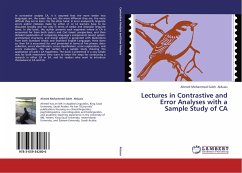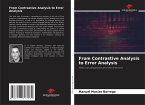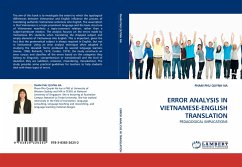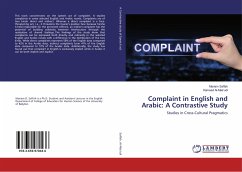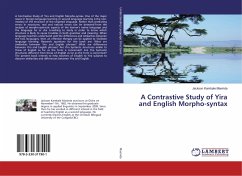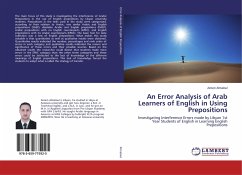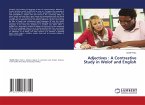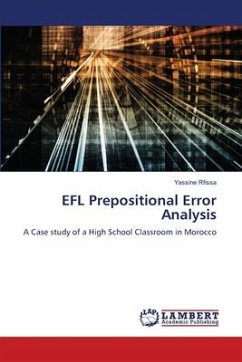In contrastive analysis CA, it is assumed that the more similar two languages are, the easier they are; the more different they are, the more difficult they are to learn. On the other hand, in error analysis EA, linguistic errors and/or mistakes made by either L1 or L2 learners have to be discussed broadly and not only in terms of similar and dissimilar linguistic items. In this book, the author presents such argument where in CA is accounted for from both Lado s and Carl James perspectives, and then detailed explanation of comparing language s components (sound system, grammatical structures, and lexical system) is presented with illustrations from both Standard Arabic and Standard English Languages. Have done so, then EA is accounted for and presented in terms of five phases: data-collection, errors identification, errors classification, errors explanation, and errors evaluation. The last section is a sample study showing the application of Lado s CA hypothesis. The book is presented in a very simple way for both researchers who want to know the steps for conducting a research in either CA or EA, and for readers who want to introduce themselves to CA and EA.
Bitte wählen Sie Ihr Anliegen aus.
Rechnungen
Retourenschein anfordern
Bestellstatus
Storno

